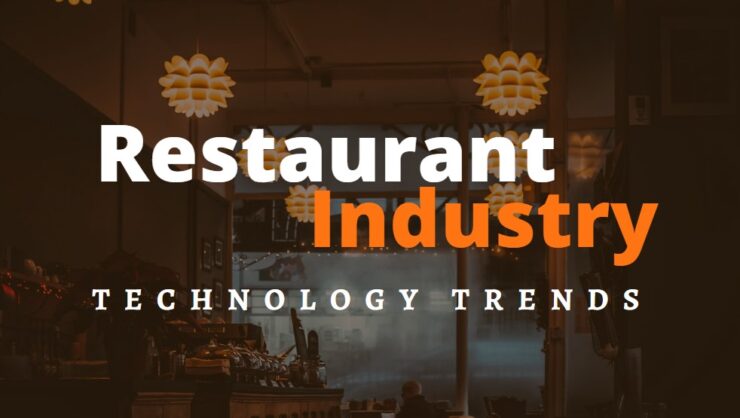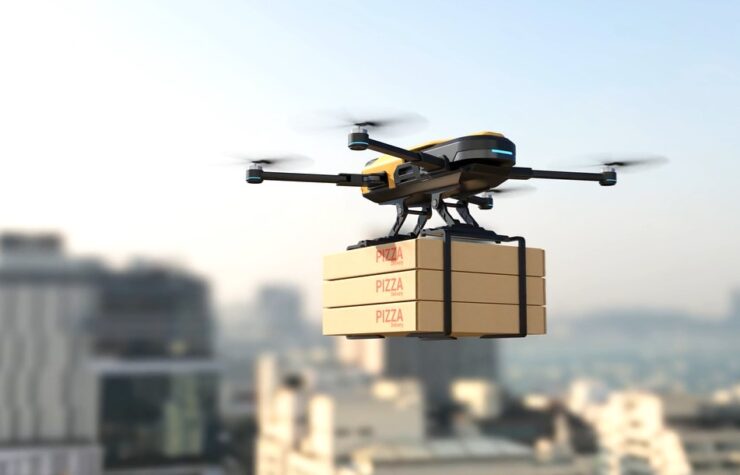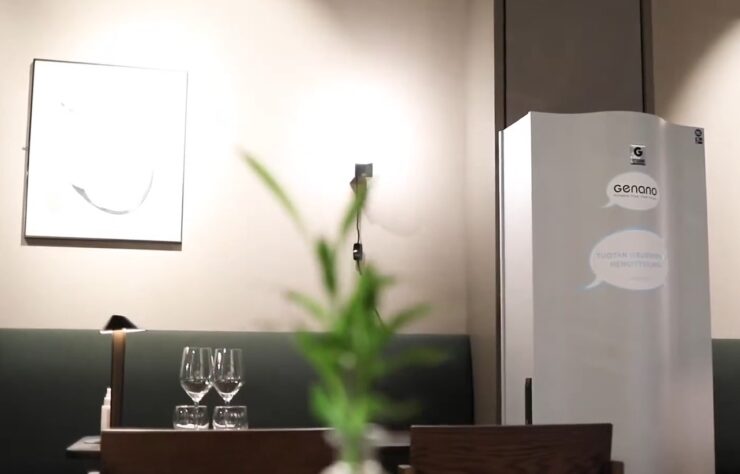
Generally, the restaurant industry has been slow in keeping up with the fast-changing trends in technology. But this has changed highly since the COVID-19 pandemic hit the world. With dine-in being closed in most parts of the world, technology had to be infused into the restaurant world. It has not only changed things for restaurant owners but also for consumers as well.
However, many new issues can cause difficulties for restaurants i.e. recession, etc. Innovative technology can help the industry in coping with the challenges and also will be beneficial for consumers.
Here are some top technologies that are going to take the restaurant industry forward in the tech-savvy world.
1. Virtual Brand Marketplaces
Virtual brands have become very famous in the last years and they are only expected to grow more popular. This is especially happening in online marketplaces. There are so many benefits for the brands to launch their virtual presence. Through this, brands can expand their reach and delivery radius. This in turn increases sales all while you can easily experiment with new dishes according to popular demand.
Kitchen space can also be changed when there are rush and off-peak times. Restaurant owners have to invest time and effort in doing market research, identifying gaps, and devising a proper strategy. But doing this at a marketplace is easier as brands are already present over there; all you have to do is skim through properly.
2. Digital Kitchen Boards
Digital kitchen boards are for restaurants to improve their back-end operations. As customers order more and more and request changes to their orders, it can get difficult for busy places to keep up. KDS (Kitchen Display Systems) are digital menus that help the staff take orders and notes without having a pen and paper or having to franticly roam around the restaurant.
So in a way, it helps improve the aesthetics of the restaurant as well. With this system, the staff in the kitchen can see which dishes are ordered, there are red flags if someone has requested a dietary change, signifies when the order has been sent, etc. The workflow becomes smooth and there is less chance of mistakes.
3. Drone Food Delivery System
Inflation is at an all-time high. Restaurants are finding it difficult to keep up with the increasing costs of third-party delivery chains. This is why, many restaurants are shifting towards this contactless delivery option that doesn’t require them to hire a person or deal with third-party delivery companies.
Drones are a perfect solution for restaurants. It not only automates the delivery system but also makes it efficient for both the restaurant and the consumer. It can also decrease the delivery time as traffic won’t be an issue anymore. Cameras in drones can help both parties keep track of the order. However, this drone delivery system works in real-time, which is why an exceptional quality, fast-paced, and stable internet connection like Mediacom is required. For more info click here.
Moreover, this also opens many opportunities for advertisement and marketing. Drones are also environmentally friendly and cars and bikes don’t have to be used for delivering food.
4. Cloud-Based POS System
Being in the restaurant industry doesn’t mean that data isn’t important. Keeping track of all the operations is a difficult task and if you haven’t made use of cloud-based storage, you’re making things even more difficult. There are a lot of POS (Point of Sale) systems being introduced in restaurants these days.
Touchscreen POS systems are where customers can make a payment and even tip as well. Customers can place their orders at self-order kiosks without waiting for staff members to assist them. With a Handheld POS system, restaurant staff can take the device to the table without the hassle of writing something wrong on pen and paper.
5. Air Purification
As dine-in began after COVID restrictions were lifted, people have increasingly demanded better air quality inside restaurants. This has resulted in restaurants focusing on air purification inside buildings. Although new, it is increasingly becoming an integral part of restaurant operations and will only become mainstream in the coming days.
The world has learned that any type of virus can become a danger to mankind and for that, businesses need to prepare themselves. These air purification systems not only eliminate harmful viruses but also leave behind a good fragrance that makes the environment pleasant. Such restaurants are expected to become more popular among the public that makes their health a priority.
6. Customer Relationship Management (CRM) Systems
Customer Relationship Management (CRM) systems have revolutionized the way restaurants interact with their customers. These powerful tools allow businesses to effectively manage customer data, track interactions, and build lasting relationships. CRM systems consolidate customer information, including preferences, order history, and feedback, into a centralized database, enabling personalized experiences and targeted marketing campaigns.
With CRM systems, restaurants can enhance customer satisfaction by tailoring promotions, offers, and recommendations based on individual preferences. They can also streamline customer support by efficiently managing inquiries, complaints, and requests, resulting in improved response times and increased customer loyalty.
Furthermore, CRM systems enable restaurants to analyze customer data, identify trends, and make data-driven decisions. By gaining insights into customer behavior and preferences, restaurants can refine their menus, enhance service quality, and optimize their operations.
7. Training and Employee Management Tools
Training and employee management tools have become invaluable assets for restaurants in optimizing their workforce and ensuring operational efficiency. These tools streamline the training process by providing comprehensive and standardized training materials, allowing employees to acquire the necessary skills and knowledge quickly. They also enable the efficient scheduling and management of employee shifts, simplifying the task of assigning and tracking work hours. Additionally, these tools facilitate effective communication between management and staff, allowing for seamless coordination and information sharing. By utilizing training and employee management tools, restaurants can enhance employee productivity, improve customer service, and ultimately, drive business success.
Conclusion
As a restaurant owner, you may like to make certain changes to keep up and reduce a large number of issues in normal operations. As a consumer, you can keep these standards in mind the next time you are about to choose a restaurant for that hangout plan.



